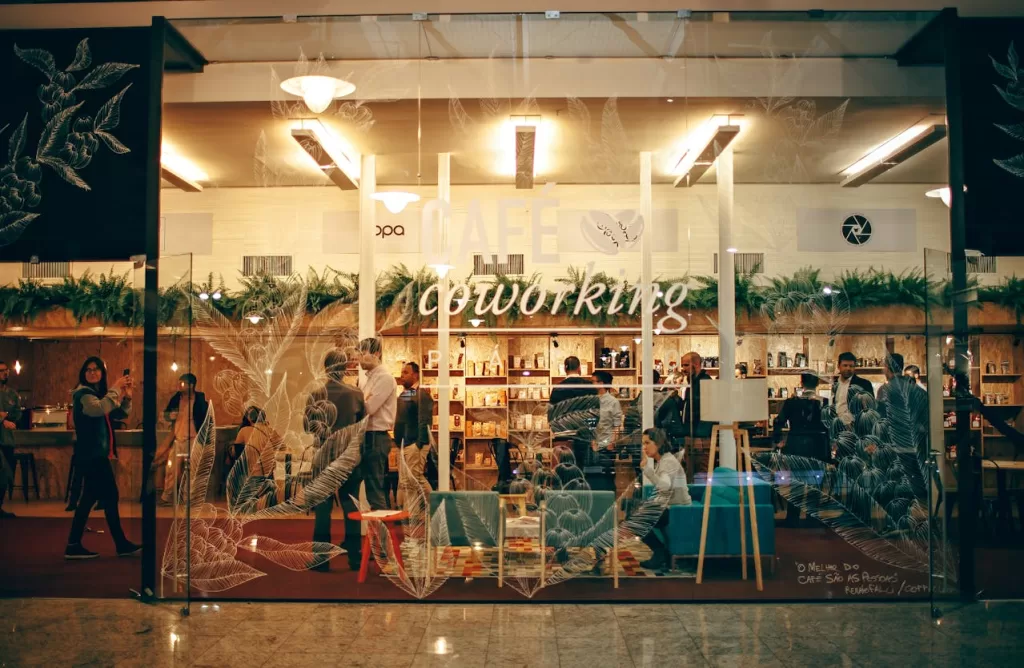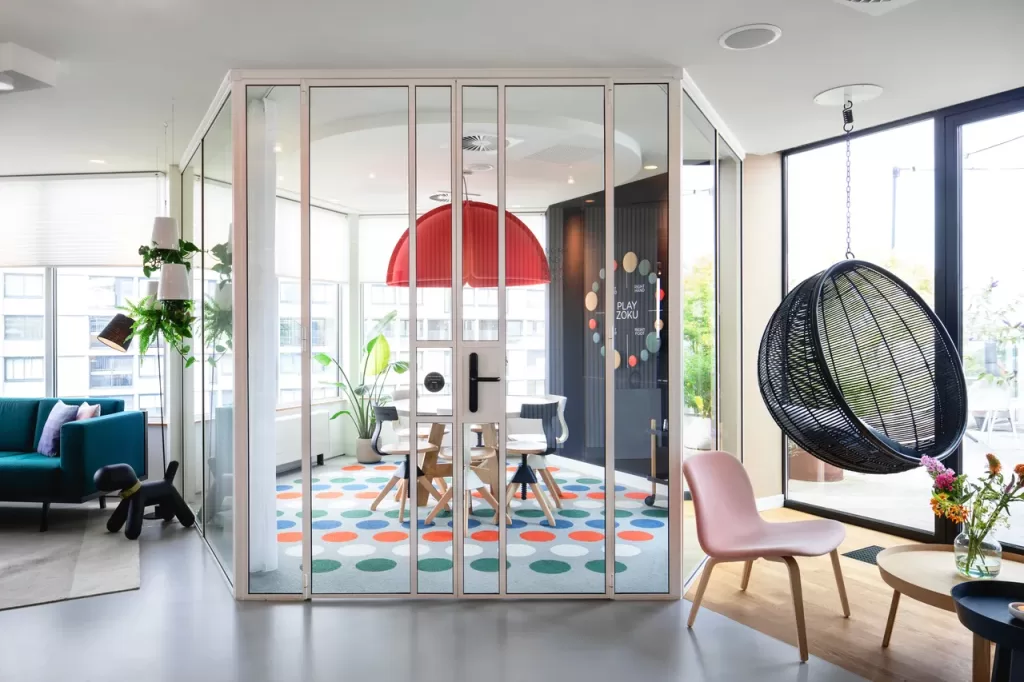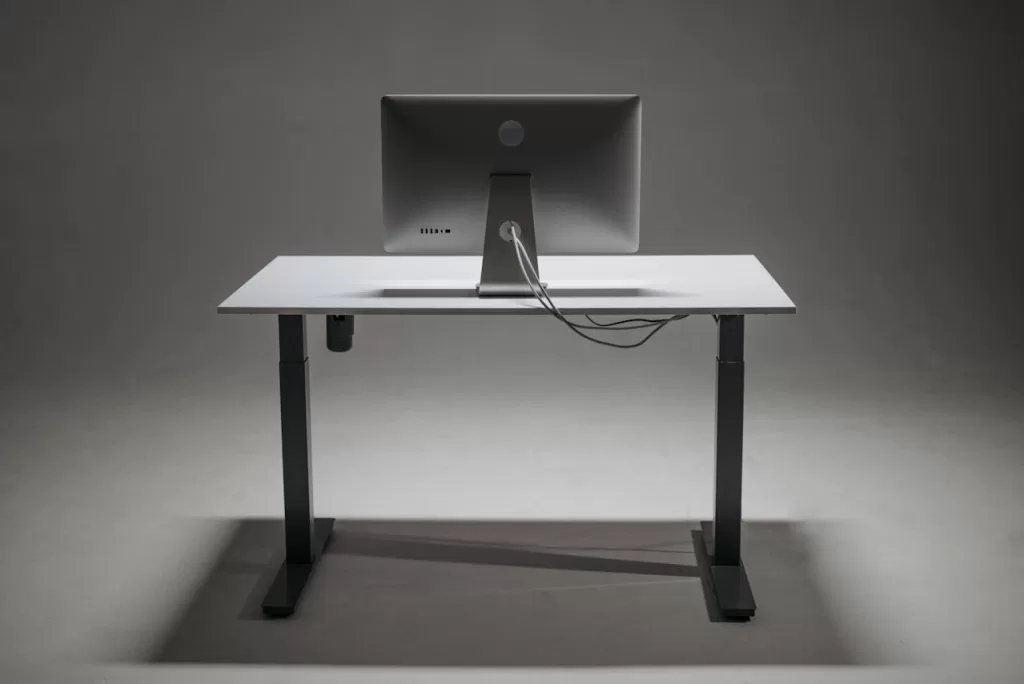Introduction
The concept of the “third place” is reshaping how and where people work. Traditionally, corporate real estate (CRE) was primarily concerned with two locations: the office (first place) and the home (second place).
However, as hybrid work models become mainstream, a growing number of employees are turning to third places—co-working spaces, cafés, hotel lobbies, and even public libraries—to perform their tasks.
This shift presents both opportunities and challenges for CRE professionals in Asia, where urban density, cultural work habits, and digital transformation are influencing workplace strategies.
Understanding Third Places in the Work Context
Coined by sociologist Ray Oldenburg, the term “third place” originally described informal gathering spots outside of home and work, such as cafés and community centres.
In a corporate setting, third places refer to non-traditional work environments that provide flexibility, social engagement, and amenities conducive to productivity.

Several factors have contributed to the rise of third places as legitimate work locations:
- Hybrid Work Models: Employees are no longer confined to fixed office spaces and are looking for alternatives that offer both structure and flexibility.
- Technological Advancements: High-speed internet, cloud collaboration tools, and mobile-friendly work systems have made it easier to work from virtually anywhere.
- Urban Density in Asia: Many employees in cities like Singapore, Tokyo, and Hong Kong live in small apartments where working from home may not be ideal.
- Corporate Cost-Saving Measures: Some companies are reducing their office footprints, encouraging employees to use alternative spaces.
- Well-being and Productivity: Employees often find that working in different environments helps with creativity, concentration, and motivation, reducing the monotony of working from a fixed location every day.
How Third Places Are Impacting Corporate Real Estate
The increasing reliance on third places is reshaping workplace strategies, raising questions about traditional office space demand, lease structures, and facility management. CRE professionals must adapt to these evolving dynamics in several key areas:
1. The Changing Role of the Office
Offices are no longer the sole hub of productivity but are becoming destinations for collaboration, culture-building, and brand reinforcement. Instead of designing workplaces purely for daily desk work, companies are prioritising flexible layouts, breakout areas, and hospitality-inspired environments.
Many organisations are focusing on enhancing their office experience to encourage employees to return for specific tasks while still embracing third places. This includes creating multi-functional spaces that serve as social and professional hubs, incorporating elements of third places within corporate headquarters.

2. Re-evaluating Office Space Requirements
With employees spending part of their workweek in third places, companies may require less dedicated office space. This trend is prompting CRE leaders to reconsider long-term leasing commitments, opting instead for:
- Flexible leases with coworking providers.
- Hub-and-spoke models, where smaller satellite offices complement a central HQ.
- Partnerships with third-place providers to offer employees access to alternative workspaces.
Some companies are also adopting a hybrid real estate strategy, where traditional offices are supplemented with flexible workspaces available on an as-needed basis. This can help reduce real estate costs while still maintaining a structured workplace culture.
3. Workplace Policies and Support for Third Place Usage
As third places become a fixture in corporate real estate strategies, businesses must establish policies governing their use. CRE professionals must work with HR and IT departments to address:
- Security risks: How can companies ensure data protection in third places?
- Expense policies: Should businesses reimburse employees for using coworking spaces or cafés?
- Health and well-being: Are employees choosing ergonomically sound environments, or is prolonged work in cafés causing physical strain?
- Legal considerations: How does remote work in third places align with employment contracts and workplace regulations in different jurisdictions?
Companies also need to think about how third places fit into the broader corporate culture. If employees are using different locations, maintaining cohesion and alignment with company values becomes more challenging.
Leadership teams must actively find ways to maintain engagement through virtual team-building initiatives and collaborative work sessions.
The Role of Coworking Spaces in the Third-Place Movement
Coworking spaces are emerging as a structured alternative to informal third places. Operators like WeWork, JustCo, and The Hive are thriving in Asian markets, offering corporate memberships that give employees access to professional work environments without long-term commitments.

Key benefits of coworking spaces for corporate real estate strategies include:
- Scalability: Companies can expand or contract space usage based on workforce needs.
- Networking opportunities: Employees can engage with professionals from other industries, fostering innovation.
- Amenities and infrastructure: High-quality meeting rooms, event spaces, and business support services enhance productivity.
- Geographical flexibility: Companies can offer employees access to multiple coworking locations in different cities, improving business continuity and travel efficiency.
Hospitality Sector Integration: The Hotel Workspace Trend
Hotels are increasingly positioning themselves as third-place work destinations. Upscale brands like Marriott and Accor have launched work-from-hotel programmes that allow employees to use lobby lounges, conference rooms, and even guest suites for remote work. This trend is particularly strong in Asia, where hospitality culture is deeply embedded in business interactions.

For CRE professionals, this presents an opportunity to forge partnerships with hotels to provide:
- Flexible workspace solutions for travelling employees.
- Day-pass arrangements for hotel meeting rooms and lounges.
- Corporate subscriptions to hotel workspace programmes.
- On-demand access to premium business amenities, such as private workspaces, concierge services, and event spaces.
Designing Office Spaces Inspired by Third Places
Rather than competing with third places, forward-thinking companies are incorporating third-place design principles into their offices. CRE professionals can take inspiration from cafés, coworking spaces, and hotels to create workplaces that encourage choice, comfort, and collaboration. This includes:
- Biophilic design elements that mimic the inviting atmosphere of a café.
- Modular workspaces that can be adapted for different tasks.
- Hospitality-style service offerings, such as in-house baristas and concierge desks.
- Acoustic solutions to create quiet zones for focused work while still maintaining an open and inviting environment.
- Tech-enabled workstations that allow employees to seamlessly transition between home, office, and third places without connectivity or security issues.
The Future of Third Places in Corporate Real Estate
As Asia’s workforce becomes more mobile and technology-driven, third places will play an increasingly prominent role in the corporate real estate landscape. Companies must strike a balance between maintaining a physical office presence and embracing alternative workspaces that enhance employee flexibility and engagement.
Some potential future developments include:
- Stronger partnerships between companies and third-place providers, allowing employees to seamlessly access a range of locations through corporate memberships.
- Enhanced workplace experience platforms that allow employees to book third-place workspaces through integrated digital tools.
- Greater investment in workplace mobility solutions, such as high-quality portable workstations and remote work stipends.
In Summary
The rise of third places is not a passing trend but a fundamental shift in how people approach work. For corporate real estate teams, this requires a rethinking of office strategies, lease commitments, and workplace policies. By integrating third places into a holistic workplace strategy, businesses are more likely to achieve a more agile, productive, and engaged workforce while optimising their real estate investments.
As the traditional boundaries between home, office, and third places continue to blur, companies will need to embrace a more flexible, people-centric approach to workplace planning.
![The [RE]Search Co.](https://re-search.co/wp-content/uploads/2025/02/The-RE-Search-Co-Orange_Grey-png-350x51.avif)












